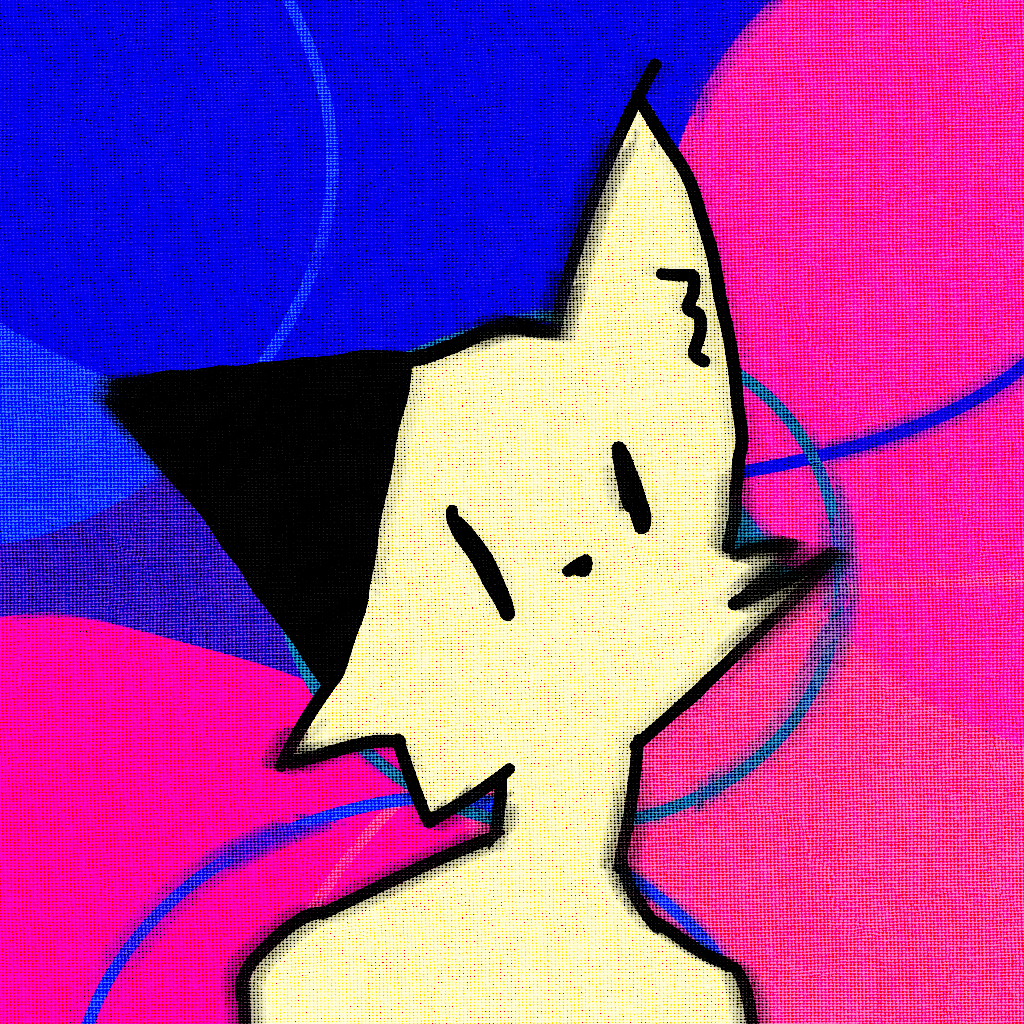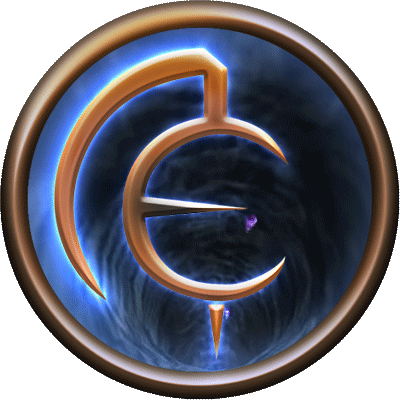I understand some of these words
Brb, gotta go eat a crayon
There’s various technicalities of how and where Beyesian statistics apply to the world but I really interpreted it as meaning “if the world is ending then it doesn’t matter and if not then I’m up $50”. The Beyesian is just ruthlessly practical.
That is definitely not the joke. The joke is that the frequentist approach gives you a clearly nonsensical conclusion, because the prior probability of the sun exploding is extremely small.
Not only that, but there’s a higher chance of the detector lying than the Sun supernova-ing, so it’s probably a false positive. Yes I did just read some paragraphs from 3–4 Wikipedia articles.
For the rest of us:
https://www.explainxkcd.com/wiki/index.php/1132:_Frequentists_vs._Bayesians
Thank you, I’ll check it out eventually
BTW they call it Peach but it tastes like candle
Missing: any sort of physicist who will tell them both that the forward model says that the sun won’t explode for a few billion years, and so far that model hasn’t been wrong.
Minor correction: in a few billion years our sun will expand into its red giant death phase.
Also: our star can’t go nova by our understanding of astrophysics. If it actually can, then we might need to throw out a lot of astrophysics, including predictions on when our star will expand.
Also also: the odds of the dice giving double 6s is MUCH higher than our sun going nova at any point in time even if it could go nova and was overdue.
That last part is what the Bayesian scientist is wagering on, it’s not missing, as op suggested
Ah, gotcha. I tried learning Bayesian probability once and failed utterly. One of the only classes I just barely passed (stat was the other). My brain just barely computes it.
The intuition is exactly your argument:
When the machine says yes it’s either because
(1) the sun went nova (vanishingly small chance) and machine rolled truth (prob 35/36) – the joint probability of this (the product) is near zero
OR
(2) sun didn’t go nova (prob of basically one) and machine rolled lie (prob 1/36) – joint prob near 1/36
Think of joint probability as the total likelihood. It is much more likely we are in scenario 2 because the total likelihood of that event (just under 1/36) is astronomically higher than the alternative (near zero)
I’m skipping stuff but hopefully my words make clear what they math doesn’t always
That’s a solid intro! Nice.
I think our sun can go nova. What it can’t do is supernova based on the Chandrashekhar limit
That is not missing, it’s the entire fucking point of the cartoon.
Isn’t our sun too small to explode at all? IIRC the sun will expand enough to engulf the earth’s orbit but will eventually shrink to a dwarf.
Too small to supernova and black hole, yes. But large enough to have a decent boom. Probably at least red giant, then a nova (explosion casting off outer layers) leaving a white dwarf remnant.
If I’m around by then, my model of medical science progress is wrong ;)
E: I’m wrong. That casting off of the outer gas envelope is not a nova. It’s just a death throe of some sort.
Thanks for the update bro!
Missing: David Hume
I don’t like this comic because the frequentist statistician is operating with an effective n=1. You’d ask the detector 1000 more times, and use those results to get your answer.
sample size of 1 is usually fine. source: i surveyed 1 person
The frequentist is unable to insert pre-conceived biases. Both will converge on the real answer if they repeat the experiment enough, but the bias being what it is, the Sun may indeed go nova on the necessary time.
Take it as a commentary on publication bias.
I remember inserting this comic in my class paper comparing frequentist and bayesian interpretations of probability during my PhD. Aah, good times.
“Detector! Has the sun gone nova?”
“Calculating… results available in 9 minutes and 14 seconds.”





